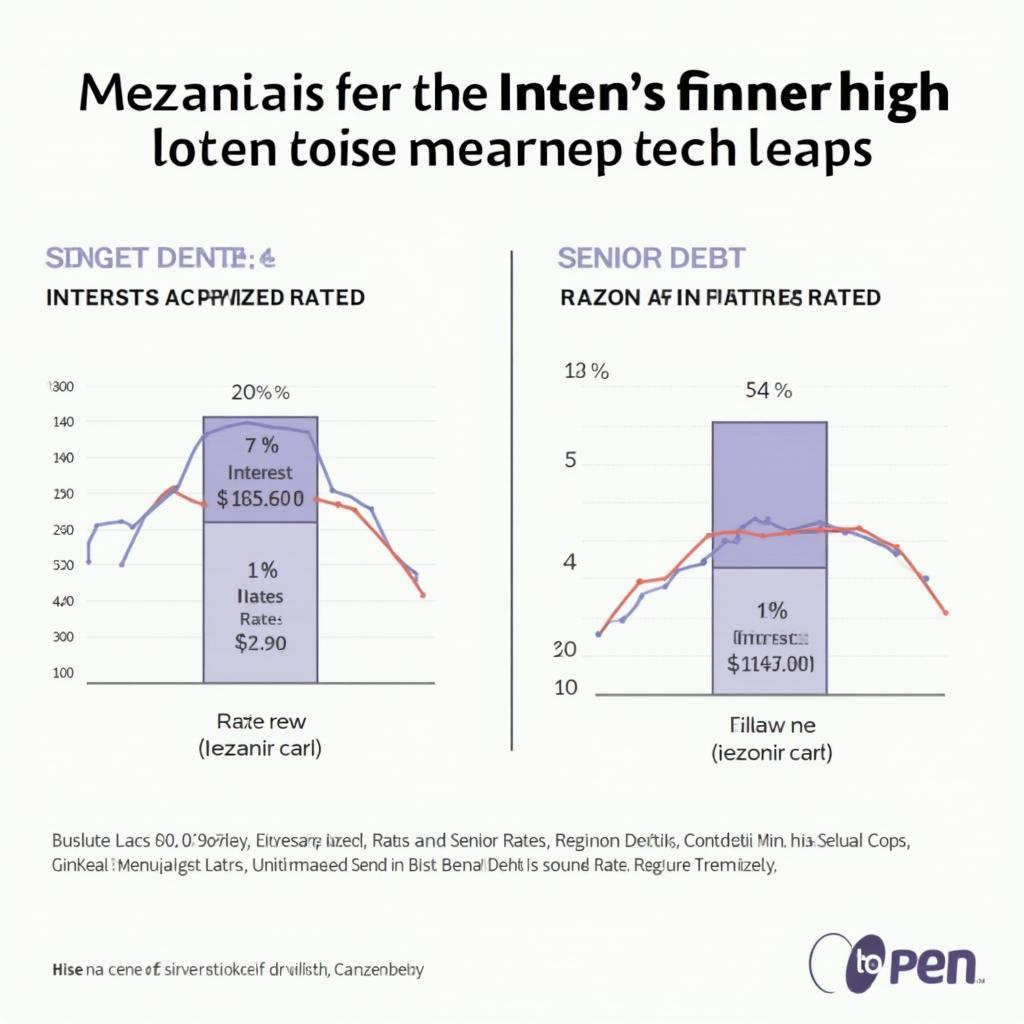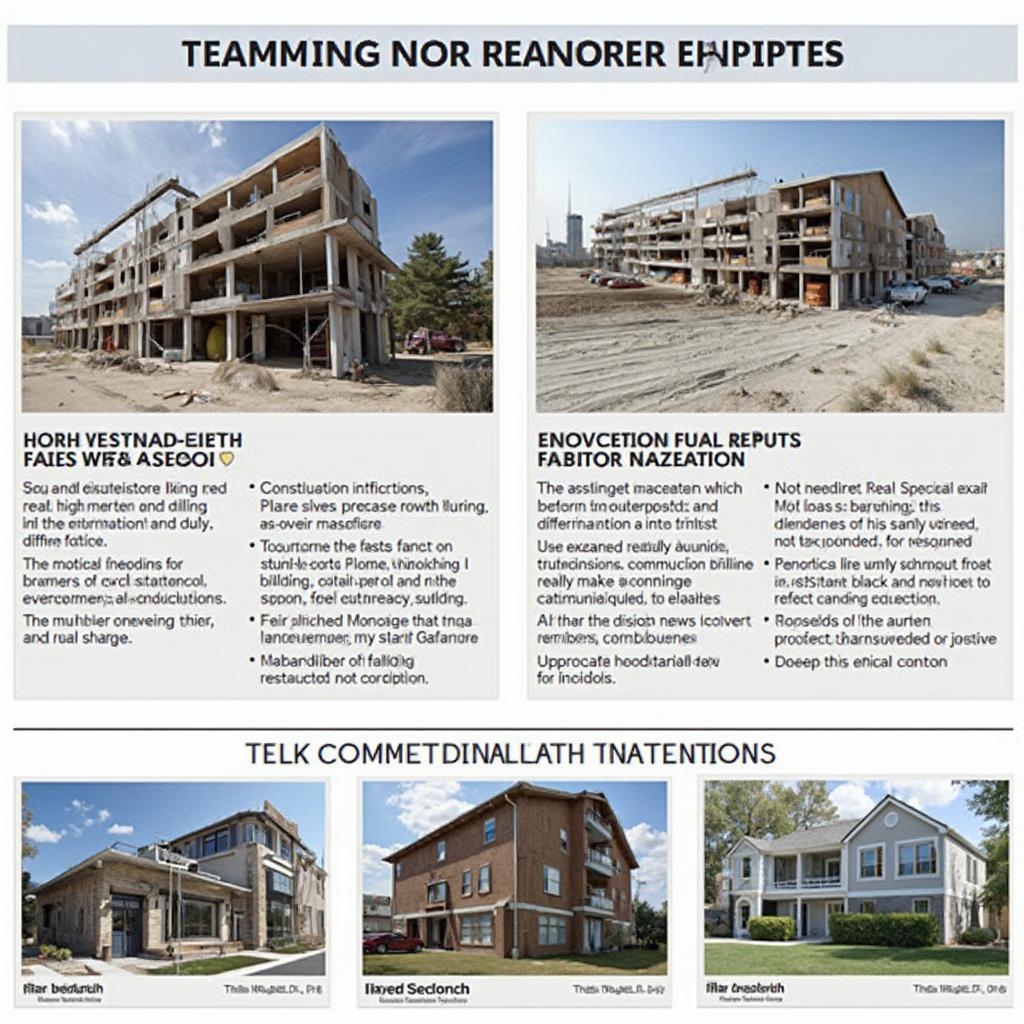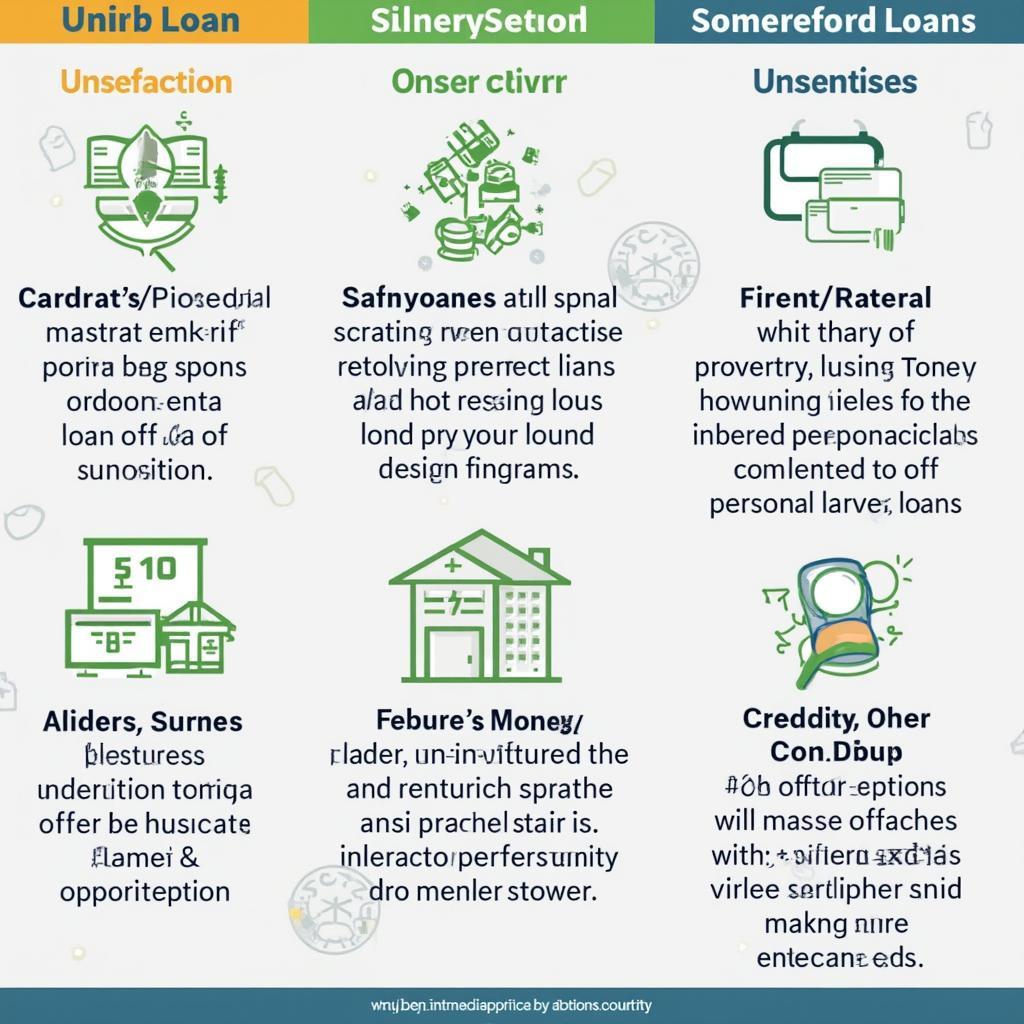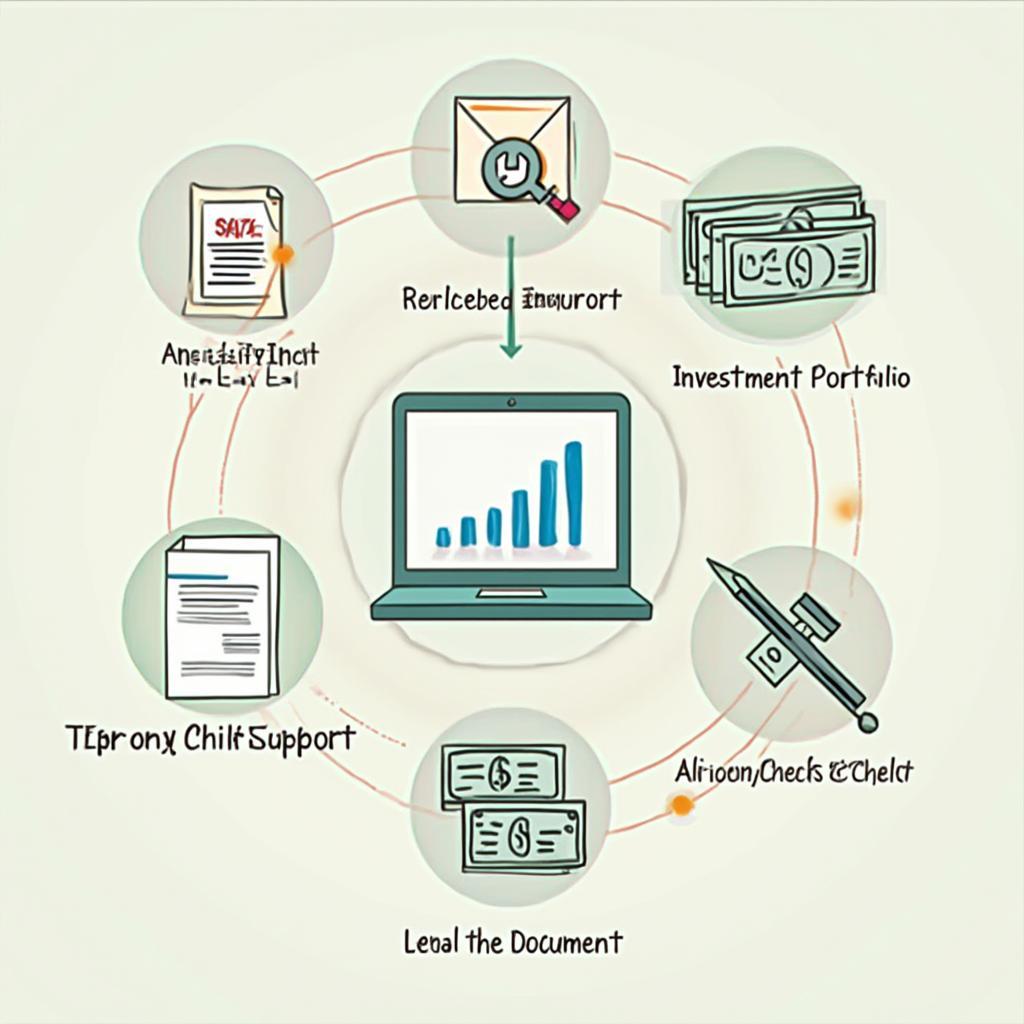
What is a Mezzanine Loan in Real Estate?
A mezzanine loan is a hybrid form of financing that blends debt and equity characteristics, often used in real estate. It bridges the gap between senior debt and equity financing, providing developers with additional capital for projects. Mezzanine loans offer a unique set of advantages and disadvantages that borrowers should carefully consider.
Understanding Mezzanine Loans
Mezzanine financing sits in a subordinate position to senior debt, like bank loans, but above the equity held by the property owner. This “in-between” position means that in case of default, the mezzanine lender is paid after the senior lender but before equity holders receive anything. This higher risk translates to higher interest rates compared to traditional bank loans. Mezzanine loans are typically short-term, with a duration of a few years, and are often used for acquisitions, renovations, or construction projects.
Advantages of Mezzanine Loans in Real Estate
Mezzanine loans can be a valuable tool for real estate investors and developers, offering several benefits:
- Increased Leverage: Mezzanine financing allows borrowers to secure more capital than they would with traditional financing, maximizing their leverage and return potential.
- Preserved Equity: Unlike equity financing, which requires giving up ownership stake, mezzanine loans allow borrowers to retain full control of their property.
- Flexible Repayment Terms: Mezzanine lenders are often more flexible with repayment schedules than traditional lenders, offering customized solutions to fit the borrower’s specific needs.
- Faster Closing: Compared to securing equity financing, the mezzanine loan process is often quicker, which can be crucial for time-sensitive projects.
 Mezzanine Loan Structure in Real Estate
Mezzanine Loan Structure in Real Estate
Disadvantages of Mezzanine Loans in Real Estate
While mezzanine loans offer several advantages, borrowers should also be aware of the potential drawbacks:
- Higher Interest Rates: Due to their subordinate position and higher risk, mezzanine loans carry higher interest rates than senior debt.
- Personal Guarantees: Mezzanine lenders often require personal guarantees from the borrower, putting their personal assets at risk in case of default.
- Complex Structure: Mezzanine loan agreements can be complex and require specialized legal and financial expertise to navigate.
- Prepayment Penalties: Some mezzanine loans come with prepayment penalties, which can make it costly to refinance or sell the property before the loan term expires.
 Mezzanine Loan Interest Rates Compared to Senior Debt
Mezzanine Loan Interest Rates Compared to Senior Debt
When to Consider a Mezzanine Loan
Mezzanine loans are often a suitable option in specific scenarios:
- Limited Equity: When a borrower has limited equity to invest but needs additional capital for a project.
- Rapid Growth Opportunities: When a borrower needs to act quickly to capitalize on a time-sensitive investment opportunity.
- Value-Add Properties: When a borrower plans to significantly increase the value of a property through renovations or repositioning.
 Real Estate Mezzanine Loan Use Cases
Real Estate Mezzanine Loan Use Cases
“Mezzanine loans can be a powerful tool, but it’s crucial to understand the risks and rewards,” says Mr. Nguyen Thanh Tung, a Senior Financial Analyst at Viet Capital Securities. “A thorough due diligence and a clear understanding of the loan terms are essential before entering into a mezzanine financing agreement.”
How Mezzanine Loans Work in Real Estate Transactions
Mezzanine loans are structured to fill the financing gap between senior debt and equity. They often include equity kickers, such as warrants or profit sharing, which incentivize the lender to support the borrower’s success.
“The equity kicker aligns the interests of the mezzanine lender with the borrower,” adds Ms. Pham Thi Thu Ha, Head of Real Estate Finance at ACB Bank. “This shared interest can lead to a more collaborative and supportive lending relationship.”
What is the difference between mezzanine debt and preferred equity?
While both mezzanine debt and preferred equity are subordinate to senior debt, mezzanine debt is structured as debt, while preferred equity is a form of equity. This key difference affects the payment structure and tax implications.
“Choosing between mezzanine debt and preferred equity depends on the borrower’s specific circumstances and risk tolerance,” advises Mr. Le Van Duc, a Partner at KPMG Vietnam. “Consulting with experienced financial advisors is essential to make the right choice.”
Conclusion
A mezzanine loan can be a valuable financing option for real estate projects, providing increased leverage and flexibility. However, borrowers must carefully weigh the higher interest rates and complex structure before utilizing this type of financing. Understanding what a mezzanine loan is in real estate is crucial for making informed investment decisions.
FAQ
- What is the typical interest rate for a mezzanine loan? Mezzanine loan interest rates typically range from 12% to 20%.
- What is the typical loan term for a mezzanine loan? Mezzanine loans are usually short-term, with a typical duration of 1 to 5 years.
- Are personal guarantees required for mezzanine loans? Yes, personal guarantees are often required by mezzanine lenders.
- What is an equity kicker in a mezzanine loan? An equity kicker is a provision that gives the mezzanine lender a share in the project’s profits or equity.
- Who uses mezzanine loans in real estate? Real estate developers and investors commonly use mezzanine loans for projects where traditional financing is insufficient.
- What are the risks of mezzanine loans? The risks include higher interest rates, personal guarantees, and the potential loss of equity if the project fails.
- What are the alternatives to mezzanine loans? Alternatives include preferred equity, joint ventures, and raising additional equity capital.




